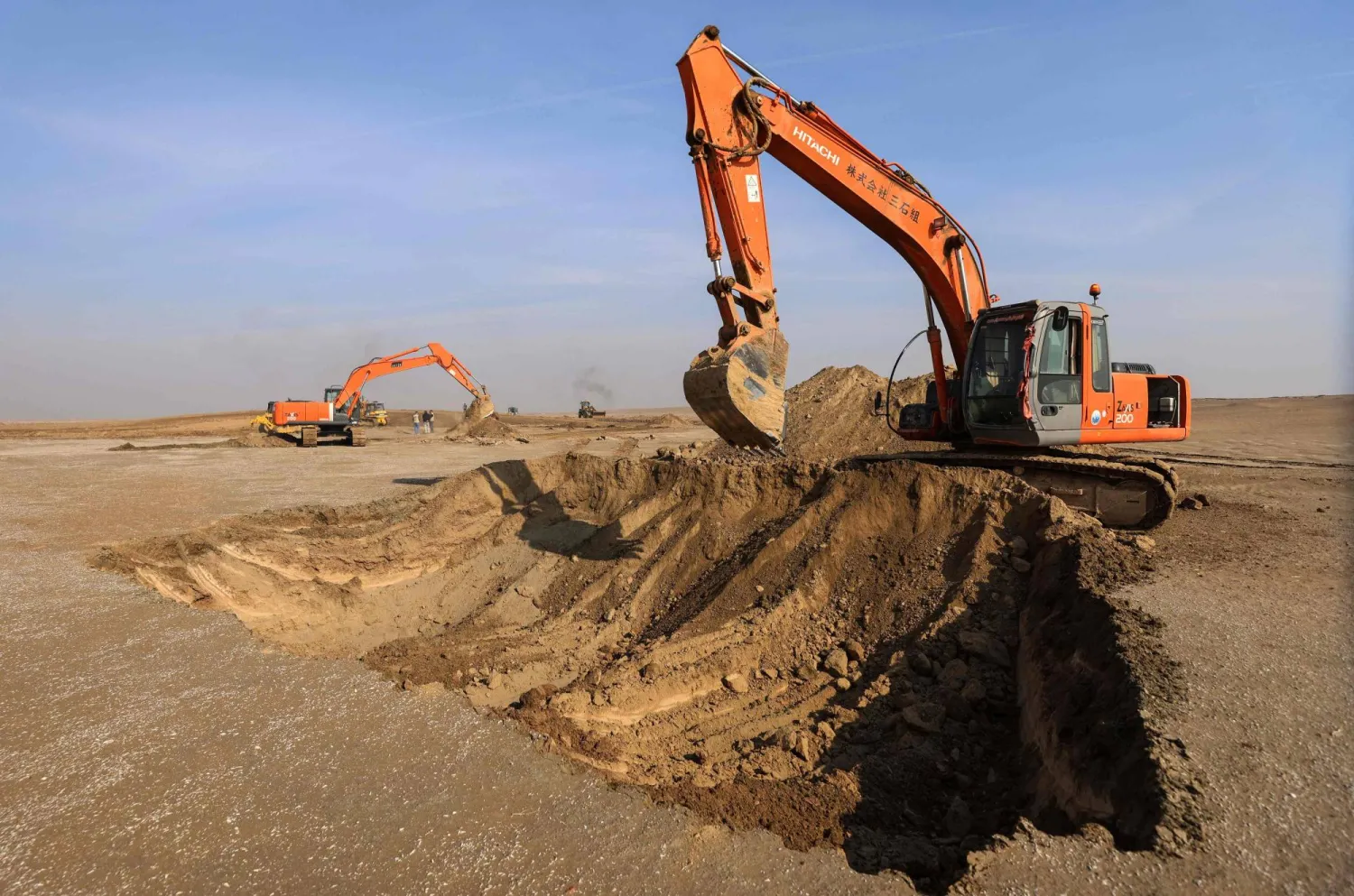The piercing pop-pop of pickleball paddles starts before sunrise and ends after midnight at dozens of newly built courts across Hanoi, as residents relish one of Vietnam's fastest-growing sports -- or rage at the noise it makes.
The initial craze saw more people in Vietnam pick up a paddle per capita than anywhere else in Asia, according to one survey.
Now unwitting spectators are yelling fault, filing noise complaints and petitions to curb playing hours that have left authorities in a pickle.
In the country's densely packed cities, courts are wedged between tight alleyways and nestled beneath high-rises, disturbing thousands of people at once.
"It drives me nuts," said Hoa Nguyen, 44, who lives with her family behind a multicourt complex in Hanoi's northeastern outskirts.
"People are playing in the middle of the night and there's nothing we can do about it," Nguyen told AFP, adding that she had filed a complaint with local authorities.
"The noise makes it impossible for me to sleep. It just keeps going pop-pop-pop."
Most noise complaints on the capital's iHanoi app stem from pickleball, according to state media, which has dubbed the sport an "acoustic hazard".
Associated noise-related issues range from unruly crowds to honking horns in overcrowded parking lots.
Lam Thanh, 50, who manages a dormitory for workers near one of Ho Chi Minh City's estimated 1,000 courts, says the cacophony is proving to be costly.
"Many tenants couldn't stand the noise and have moved elsewhere," she said.
"There's the popping sound of paddles, cheering, shouting and joking around -- it's all extremely exhausting for us."
Vietnam's pickleball boom began around two years ago, players and coaches say, well after its popularity surged in the United States and Canada.
But the country is now the sport's second-fastest-growing market in Asia after Malaysia, according to pickleball rating company DUPR.
Regional professional circuit PPA Tour Asia says more than 16 million people in Vietnam have picked up a paddle, though that figure is extrapolated from a survey of around 1,000 respondents.
Hanoi's Long Bien district, its pickleball center, has more than 100 courts, up from 54 in less than a year, according to state media.
Pickleholic Club, Victory Pickleball and Pro Pickleball Vn are all within a five-minute walk, with dozens more a short drive away.
Coach Pham Duc Trung, 37, said the sport's accessibility was key to its popularity.
"The paddle is light and the ball is light... Children can play it, and so can adults," he said.
"The sound of the ball hitting the paddle is quite appealing," he added.
Not everyone agrees.
Around the world, the plinks and pops of pickleball have spawned outrage, provoking protests and even lawsuits.
But Vietnam's widespread embrace of the sport, and its cities' rapid growth in recent decades as the economy boomed, help explain the intense frustration.
Ho Chi Minh City already ranks among the loudest cities in Asia, according to the United Nations, with noise pollution levels high enough to damage hearing.
And experts say pickleball sounds are louder and higher-pitched than tennis or badminton.
A nationwide noise ordinance is supposed to limit the din, especially late at night, but residents say the courtside clatter often goes unmuted.
Hanoi high school student Duong, 16, cannot focus on his homework.
"The sound made by this ball is very unpleasant," he said. "My mind feels blank because I cannot concentrate."
Vietnam's sports ministry did not reply to AFP's request for comment.
But pressure is building to smash the problem, with state media carrying health warnings from doctors.
"The constant bouncing of the pickleball is not only annoying but also subtly triggers stress, disrupts sleep, and increases the risk of cardiovascular disease," according to state-run VTC News website.
Ball strikes register "like the ticking of a clock against the temples", it said this month, adding many people are "haunted by the sound of popping".









